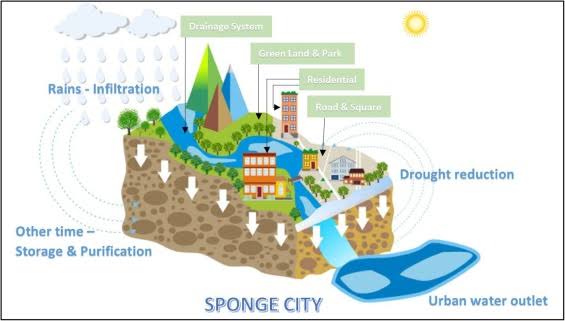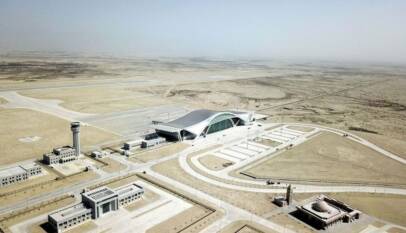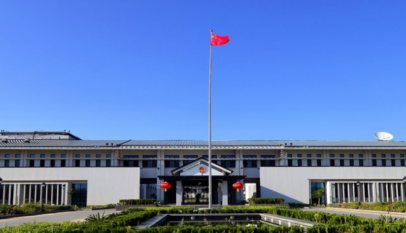Chinese spong city model to help Pakistan control flooding
Pakistan should replicate and implement China’s Sponge City model to combat the recurring floods, said Khansa Gulshad, a second-year Pakistani PhD student in flood control and management at the Graduate School of China Institute of Water Resources and Hydropower Research.
In an interview with China Economic Net (CEN), she said the model has the advantages of alleviating urban flooding and water resources shortage, two chronic ills in Pakistan.
The CEN’s report says the sponge city project, also known as green development interventions and green infrastructure in other countries, is a new urban construction model for flood management, strengthening ecological infrastructure and drainage systems. The heart of the sponge city construction lies in flood mapping.
to Khansa Gulshad, the purpose of the mapping is to locate the hazard- and flood-prone areas and find the proper site based on rainfall data, information of lakes and rivers and street views.
Drawing on flood mapping data, different infrastructures such as wetlands, woodlands and permeable pavements are constructed accordingly which can absorb the water during rainy days and release water in case of drought.
The model holds great potential to ease Pakistan’s increasingly common urban flooding, such as the Karachi floods in August 2020, which took a heavy toll on people’s security and property.
Khansa Gulshad emphasised the need for Pakistan to draw lessons and learn the latest technologies from China.
With rich experience in flood control and management, China can help Pakistan develop the monitoring system to get rainfall data and river flow data to better harness floods.
First Airbus lands at New Gwadar International Airport
ISLAMABAD, Jan. 30 (Xinhua) — The New Gwadar International Airport in Pakistan’…













